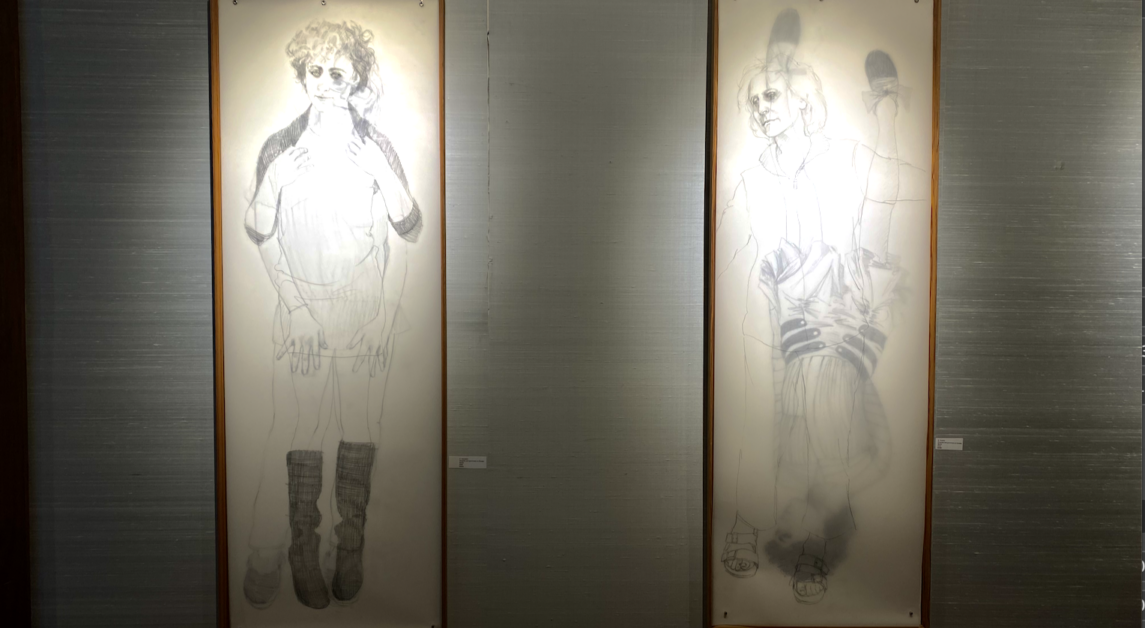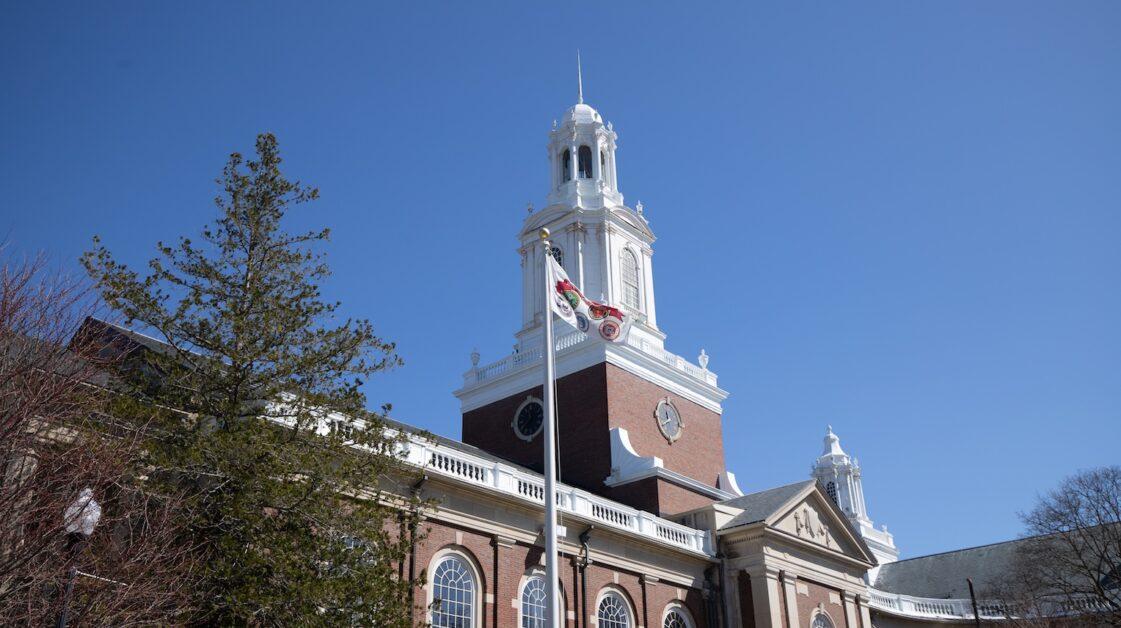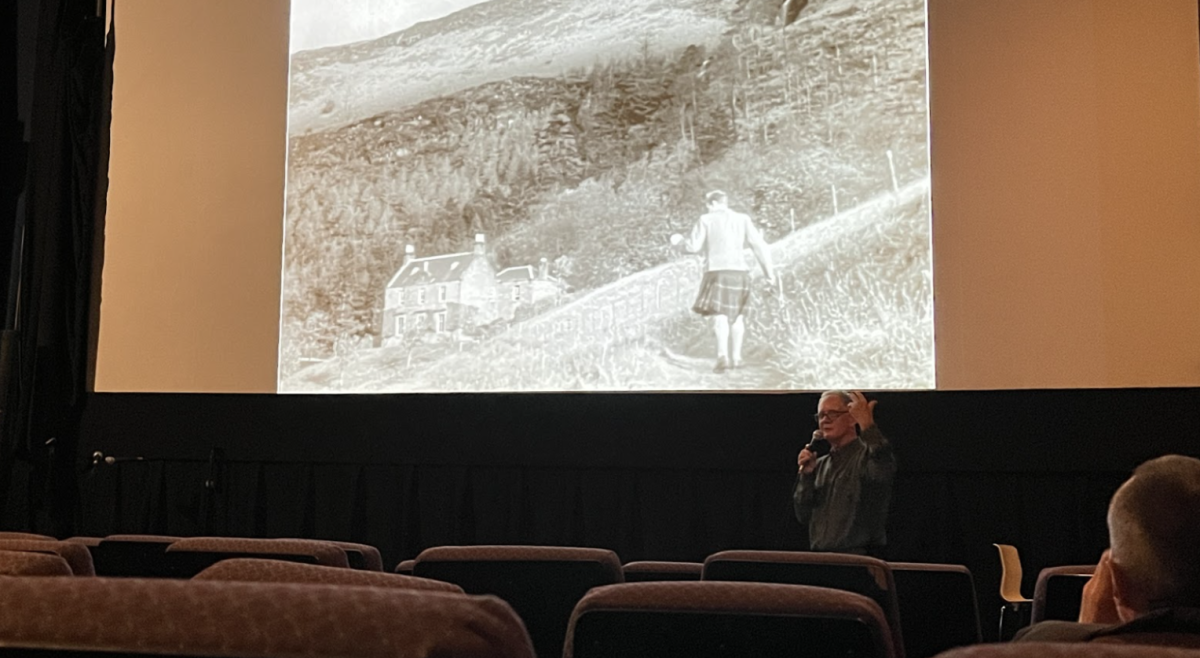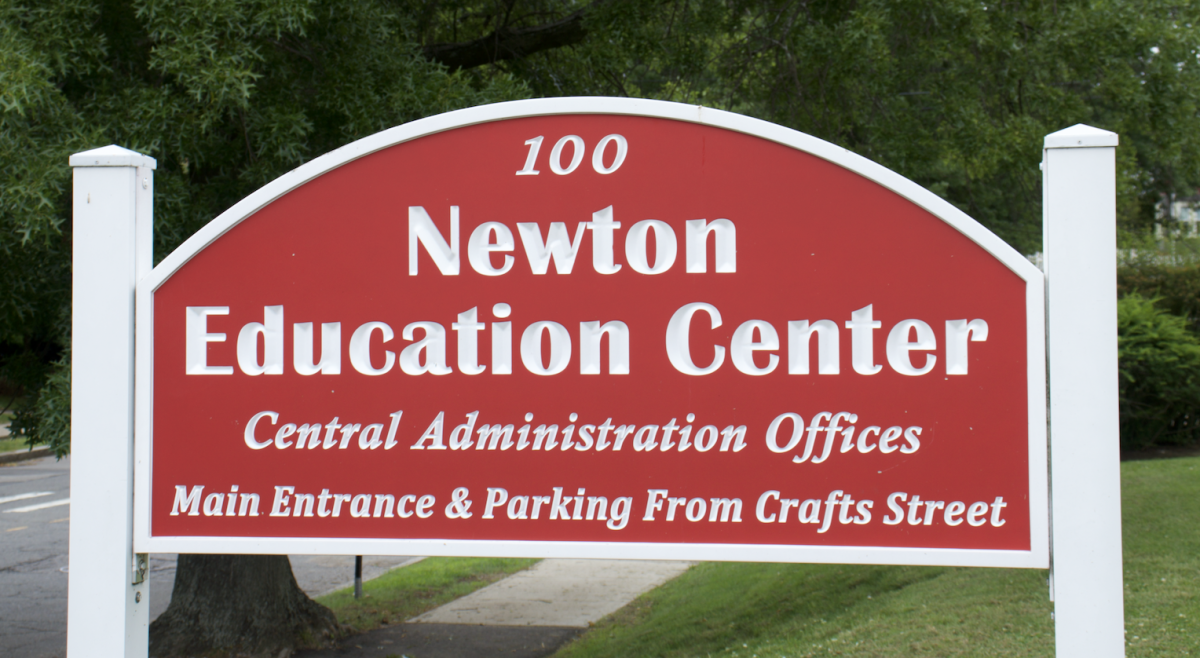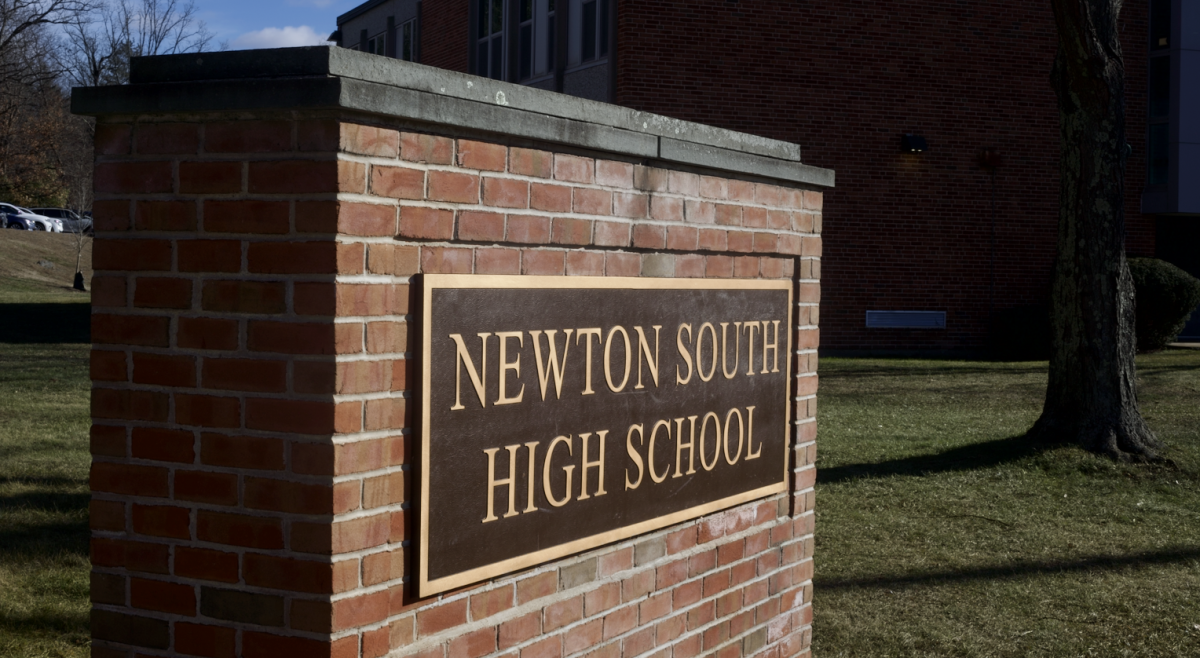Soon, the plain brick walls of the newly constructed East Boston Police Station will be transformed into a colorful and permanent piece of public art. The station is the latest location hand-selected by Mayor Martin J. Walsh, BC ’09, and the Mayor’s Office of Arts & Culture as part of the “Call to Artists” campaign, which seeks to instill a civic presence and strengthen communities through public art.
“Incorporating public art into the construction of this new police station is exciting because it gives us the opportunity to make the building more welcoming, approachable, and reflective of the rich culture in East Boston,” Walsh said in an official statement.
“Through the Percent for Art Program, we will continue to make more public art available for people to enjoy all across the City of Boston.”
Call To Artists stems out of the Percent for Art program initiated by Walsh in 2016, which allocates 1 percent of the City’s annual capital borrowing toward the commission of public art. Projects have been conducted in East Boston in the past, and the city currently also has projects underway in Jamaica Plain and Roxbury.
An open call to artists was officially released on Monday, March 25. Anyone with experience or interest in public art, site responsive design, project management, and construction administration is encouraged to apply. Applications will be accepted through April 25.
The newly constructed police station in East Boston was selected for the project, due to its civic ties and welcoming atmosphere, according to a statement from the official proposal.
Situated at the intersection of East Eagle and Condor Streets with a view of the Chelsea River, the station sits in the middle of a residential neighborhood and industrial hub, making it an ideal location for community engagement.
“Any opportunity, be it through police work or art work, that allows the men and women of the [Boston Police Department] to expand their capacity to protect and serve our community members while drawing attention to and highlighting the accessibility of our neighborhood police stations, as well as the approachability of our hard-working police officers is most certainly a project that we want to participate in and fully support,” said Police Commissioner William Gross in an official statement.
The goal of the project is to reflect and represent the community of East Boston through art, and applicants are encouraged to consider three key elements of the neighborhood in their proposals: immigration, climate change, and community.
East Boston has the highest percentage of foreign born residents of any Boston neighborhood, and a deep history of being home to a wide variety of immigrant communities.
The community will also be on the front lines of suffering implications of climate change, due to its location on the waterfront. Local nonprofits and the City of Boston are currently attempting to reduce the effects of climate change, and seek to have these efforts reflected in this campaign.
“This project is the perfect opportunity to showcase the power public art can have on uniting communities and fostering cross-cultural exchange,” said Kara Elliott-Ortega, chief of arts and culture for the City of Boston, in an official statement. “I look forward to seeing how this project helps us reach a new level of creative problem solving and bridge the gap between law enforcement and local residents.”
Featured Image by Keith Carroll / Heights Editor


